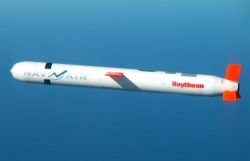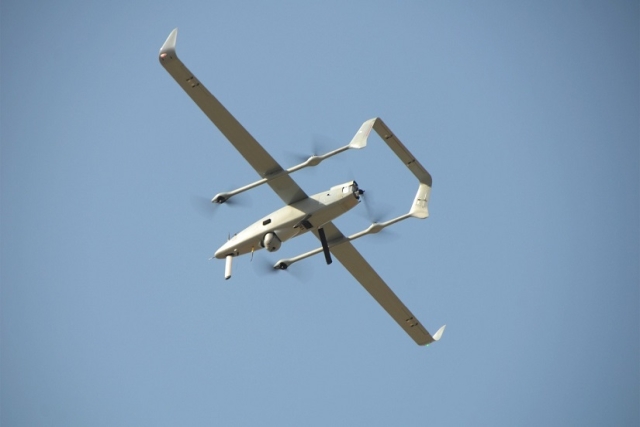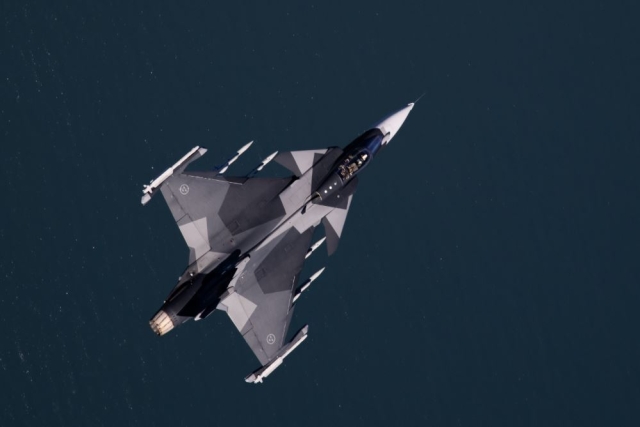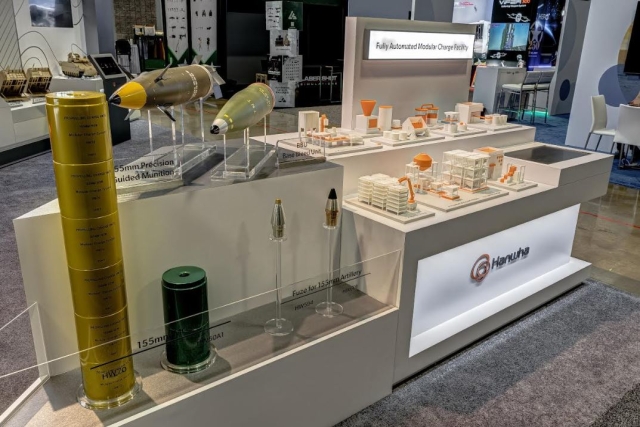Raytheon Completes Seeker Test For Tomahawk Cruise Missile
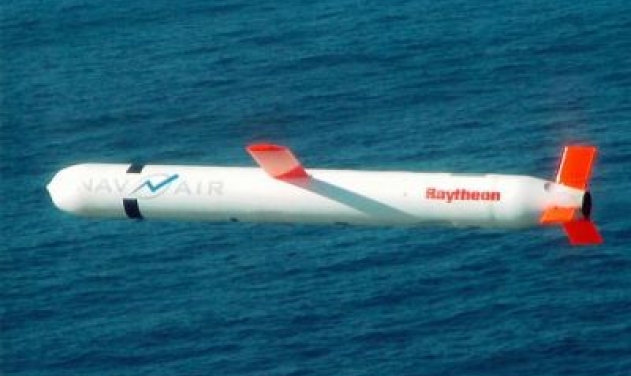
Raytheon Company has completed a captive flight test of a seeker designed to let Tomahawk Block IV cruise missile engage with moving targets on land and at sea.
Using company-funded, independent research and development, the test was conducted with a modified Tomahawk missile nose cone mounted on a T-39 test aircraft and equipped with a seeker integrated with Raytheon's new, modular, multi-mode processor. Over a three-week period, the aircraft flew profiles that simulated the Tomahawk flight regime, aiming at moving targets on land and in the maritime environment.
"Tomahawk is evolving to meet the U.S. Navy's need to add offensive punch and expand the overall power of the fleet worldwide," saidMike Jarrett, Raytheon Air Warfare Systems vice president. "The seeker test has successfully demonstrated the superior capability and maturity of our seeker technology against a variety of targets that resemble today's threats."
With a range of approximately 1,000 statute miles, the Tomahawk Block IV missile is a surface- and submarine-launched, precision strike, stand-off weapon. Tomahawk is designed for long-range precision strike missions against high-value and heavily defended targets. More than 2,000 Tomahawks have been employed in combat. More than 500 Tomahawk flight and production validation tests have been completed. The missile is integrated on all major U.S. surface combatants, as well as U.S. and U.K. sub-surface platforms, including the Los Angeles, Virginia, Ohio, Astute and Trafalgar class submarines.
